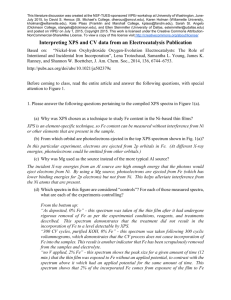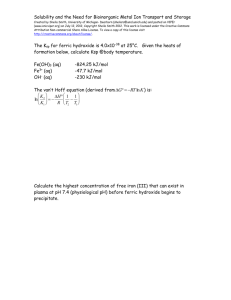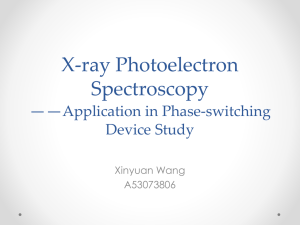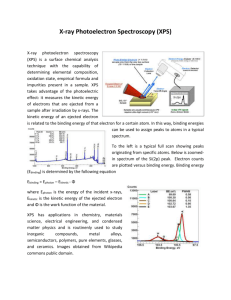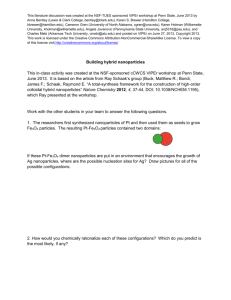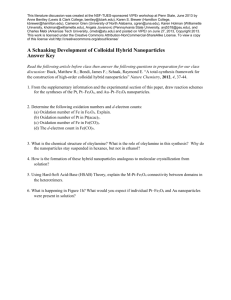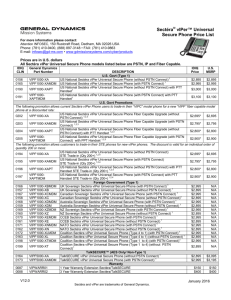Student handout
advertisement
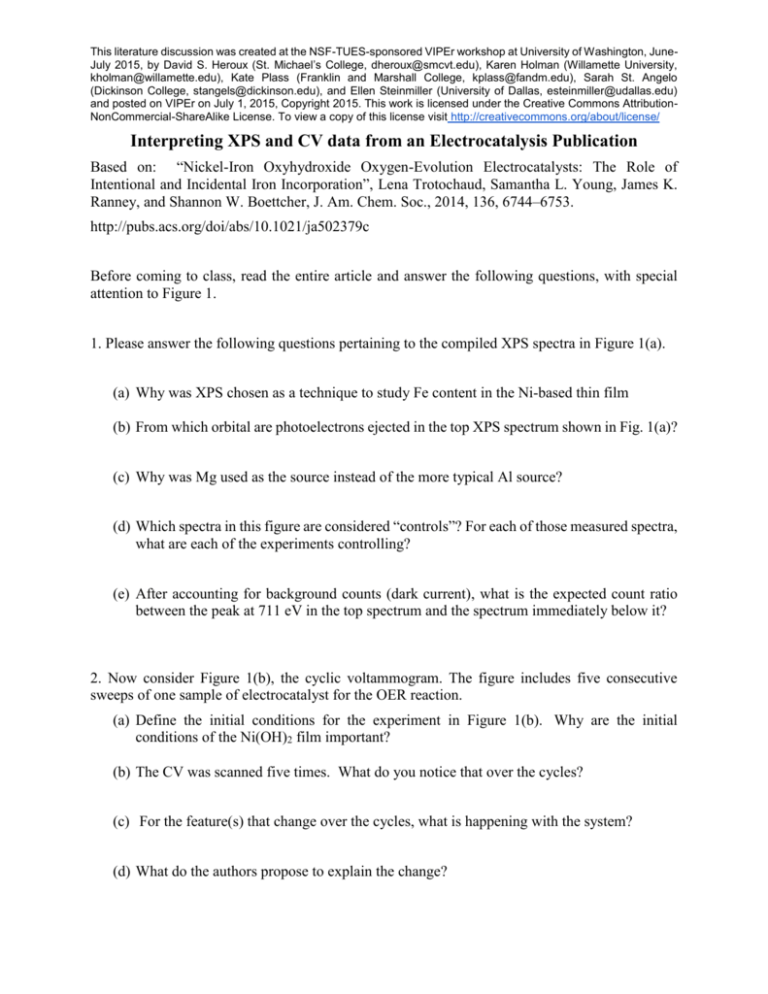
This literature discussion was created at the NSF-TUES-sponsored VIPEr workshop at University of Washington, JuneJuly 2015, by David S. Heroux (St. Michael’s College, dheroux@smcvt.edu), Karen Holman (Willamette University, kholman@willamette.edu), Kate Plass (Franklin and Marshall College, kplass@fandm.edu), Sarah St. Angelo (Dickinson College, stangels@dickinson.edu), and Ellen Steinmiller (University of Dallas, esteinmiller@udallas.edu) and posted on VIPEr on July 1, 2015, Copyright 2015. This work is licensed under the Creative Commons AttributionNonCommercial-ShareAlike License. To view a copy of this license visit http://creativecommons.org/about/license/ Interpreting XPS and CV data from an Electrocatalysis Publication Based on: “Nickel-Iron Oxyhydroxide Oxygen-Evolution Electrocatalysts: The Role of Intentional and Incidental Iron Incorporation”, Lena Trotochaud, Samantha L. Young, James K. Ranney, and Shannon W. Boettcher, J. Am. Chem. Soc., 2014, 136, 6744–6753. http://pubs.acs.org/doi/abs/10.1021/ja502379c Before coming to class, read the entire article and answer the following questions, with special attention to Figure 1. 1. Please answer the following questions pertaining to the compiled XPS spectra in Figure 1(a). (a) Why was XPS chosen as a technique to study Fe content in the Ni-based thin film (b) From which orbital are photoelectrons ejected in the top XPS spectrum shown in Fig. 1(a)? (c) Why was Mg used as the source instead of the more typical Al source? (d) Which spectra in this figure are considered “controls”? For each of those measured spectra, what are each of the experiments controlling? (e) After accounting for background counts (dark current), what is the expected count ratio between the peak at 711 eV in the top spectrum and the spectrum immediately below it? 2. Now consider Figure 1(b), the cyclic voltammogram. The figure includes five consecutive sweeps of one sample of electrocatalyst for the OER reaction. (a) Define the initial conditions for the experiment in Figure 1(b). Why are the initial conditions of the Ni(OH)2 film important? (b) The CV was scanned five times. What do you notice that over the cycles? (c) For the feature(s) that change over the cycles, what is happening with the system? (d) What do the authors propose to explain the change? This literature discussion was created at the NSF-TUES-sponsored VIPEr workshop at University of Washington, JuneJuly 2015, by David S. Heroux (St. Michael’s College, dheroux@smcvt.edu), Karen Holman (Willamette University, kholman@willamette.edu), Kate Plass (Franklin and Marshall College, kplass@fandm.edu), Sarah St. Angelo (Dickinson College, stangels@dickinson.edu), and Ellen Steinmiller (University of Dallas, esteinmiller@udallas.edu) and posted on VIPEr on July 1, 2015, Copyright 2015. This work is licensed under the Creative Commons AttributionNonCommercial-ShareAlike License. To view a copy of this license visit http://creativecommons.org/about/license/ 3. Considering both the XPS data and the CV data together, why are they combined in Figure 1?
